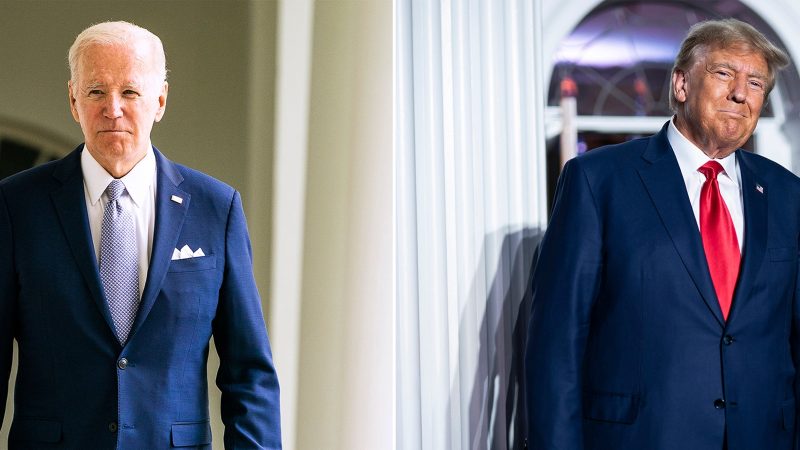In the midst of the ongoing struggle between the Trump and Biden administrations over the pivotal 2017 tax cut, profound questions concerning economic policy and fiscal responsibility arise. At the core of this heated debate is the contrasting approach to taxation and economic relief measures favored by the two presidents. While Trump champions the tax cuts as a much-needed boost for businesses and the economy, Biden highlights the disproportionate benefits reaped by the wealthy elite and corporations at the expense of middle and lower-income Americans.
The Tax Cuts and Jobs Act of 2017, a significant legislative accomplishment during Trump’s tenure in the White House, was lauded by the administration as a catalyst for economic growth, job creation, and increased investment. By reducing the corporate tax rate from 35% to 21%, among other provisions, the Act was designed to incentivize businesses to keep operations within the United States and stimulate economic activity. Proponents of the tax cut argue that it led to record-low unemployment rates and a booming stock market, creating a favorable environment for businesses to thrive and contribute to overall economic prosperity.
However, critics, including the Biden administration, argue that the benefits of the tax cut were disproportionately skewed towards the wealthy and large corporations, exacerbating income inequality and failing to provide substantial relief to working-class Americans. Biden’s proposed approach, known as the American Families Plan, seeks to repeal elements of the 2017 tax cut that primarily benefited the top income earners and redirect resources towards middle and lower-income households. The administration argues that a more progressive tax policy, combined with targeted investments in infrastructure, education, and healthcare, will create a fairer and more inclusive economy.
The battle over the 2017 tax cut encapsulates broader ideological differences between the two administrations regarding the role of government in shaping economic policy and addressing income inequality. Trump’s supply-side economic theory emphasizes deregulation and tax cuts as the primary drivers of economic growth, while Biden’s approach focuses on government intervention and redistribution to ensure a more equitable distribution of economic benefits.
As the political tug-of-war over the fate of the 2017 tax cut continues, the American public faces a critical juncture in determining the future trajectory of the economy. The outcome of this battle will not only impact the pocketbooks of millions of Americans but also shape the broader economic landscape for generations to come. Whether Trump’s vision of trickle-down economics or Biden’s call for a more inclusive approach prevails remains to be seen, but one thing is certain: the stakes are higher than ever in this pivotal clash of economic ideologies.

